Letter recognition Normal Alphabet Worksheets for Ages 3-8
59 filtered results
-
From - To
Enhance your child's literacy skills with our engaging Letter Recognition Normal Alphabet Worksheets, specially designed for ages 3-8. These worksheets offer a fun and interactive way for young learners to identify, trace, and practice their letters. With a variety of colorful activities that include matching, circling, and writing letters, kids will build a strong foundational understanding of the alphabet. Our resources cater to different learning styles, making learning accessible and enjoyable for every child. Perfect for home or classroom use, these worksheets support early education and help foster a love for reading and writing. Start your child's alphabet adventure today!
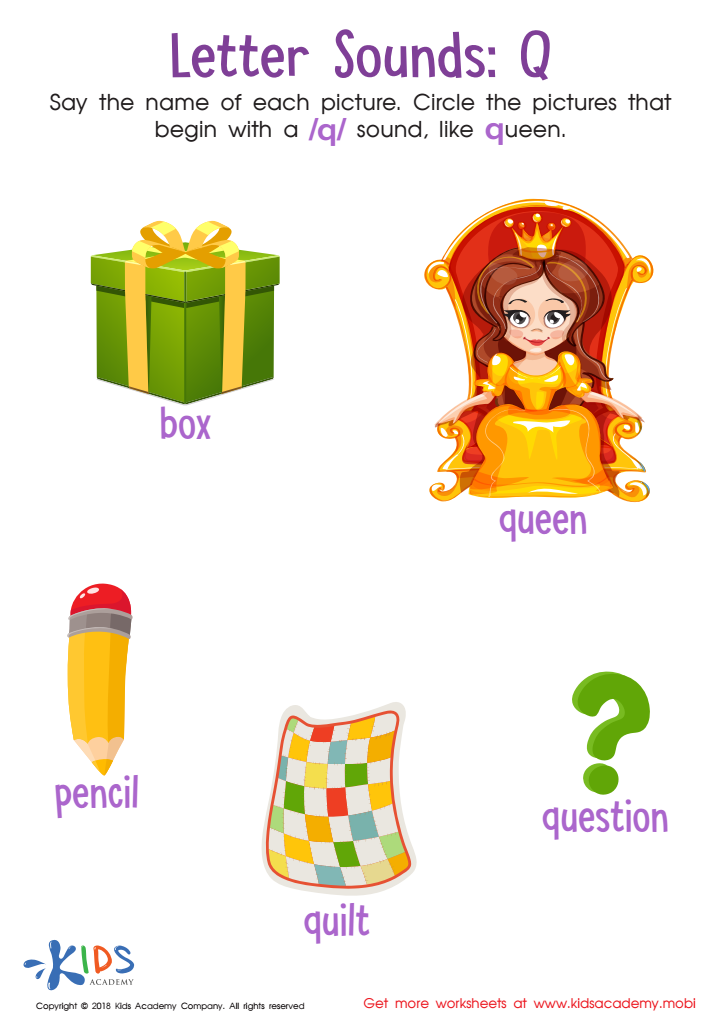

Letter Q Sounds Worksheet
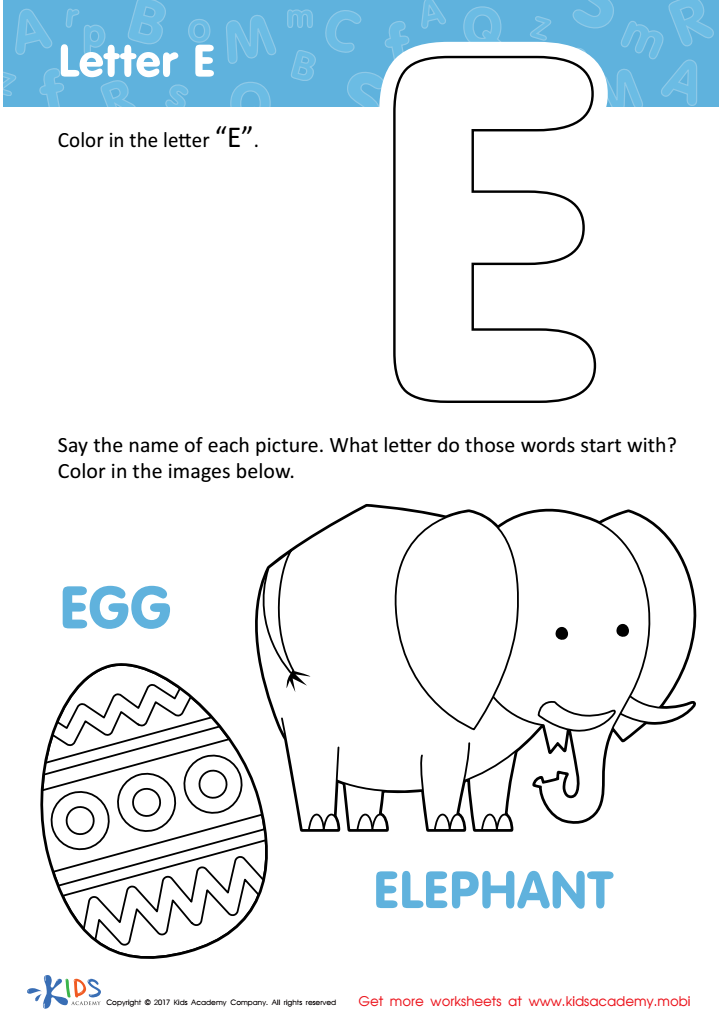

Letter E Coloring Sheet


Letter P Sound Worksheet
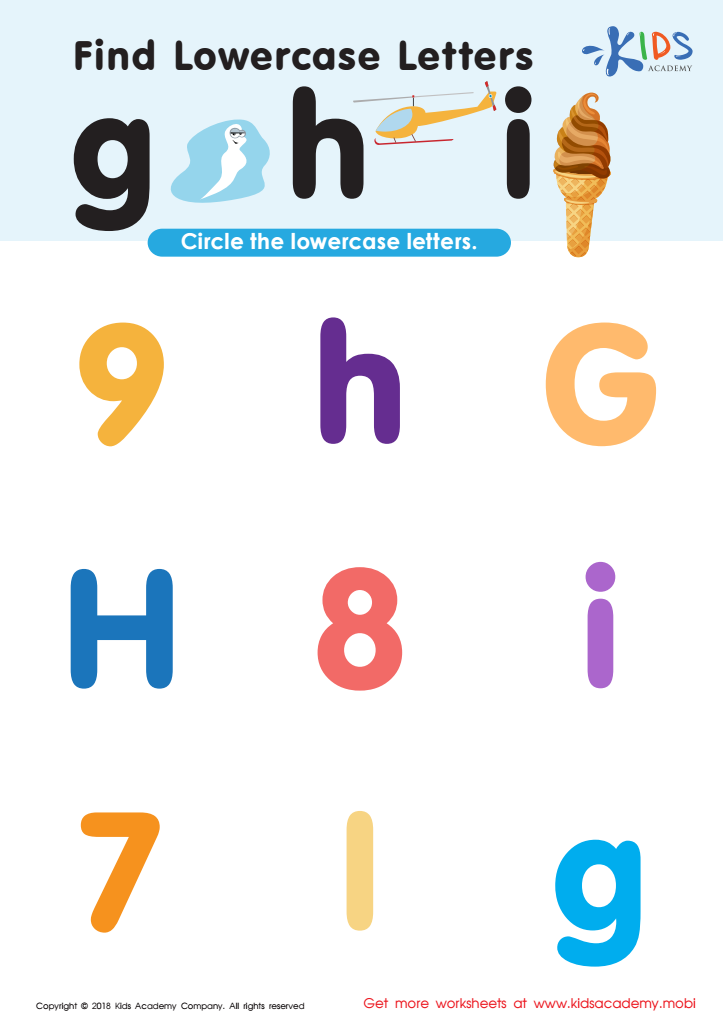

Find Lowercase Letters g h i Worksheet


Letter P Tracing Page


Letter Q Tracing Page


I Stands High Worksheet
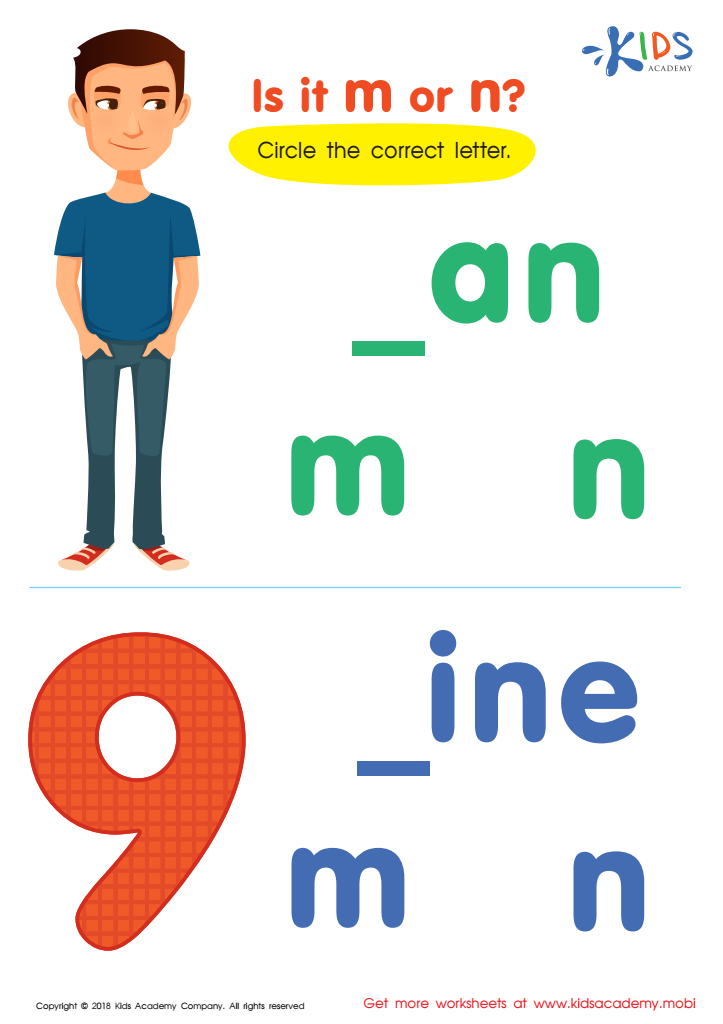

Is It m or n? Worksheet
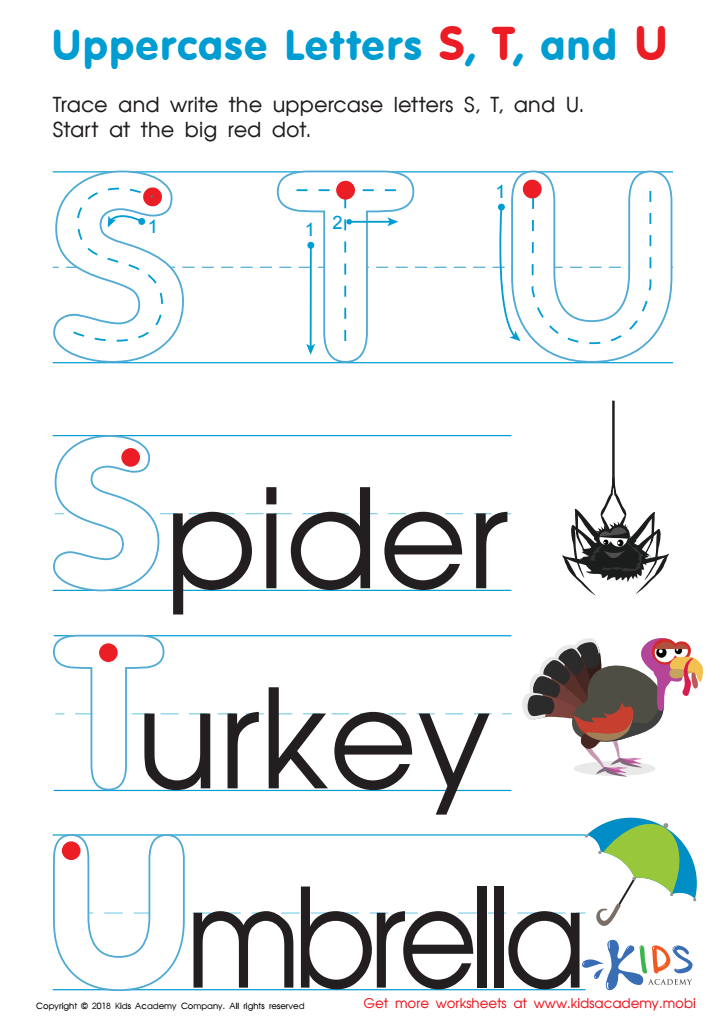

Uppercase Letters S, T, and U Worksheet
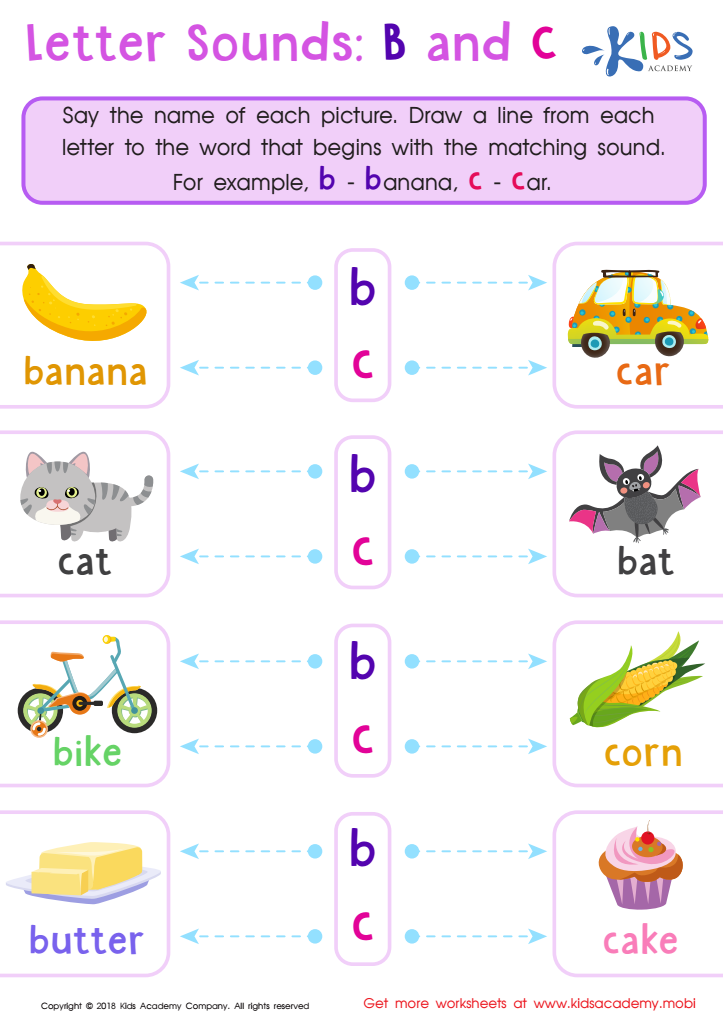

Letter B and C Sounds Worksheet
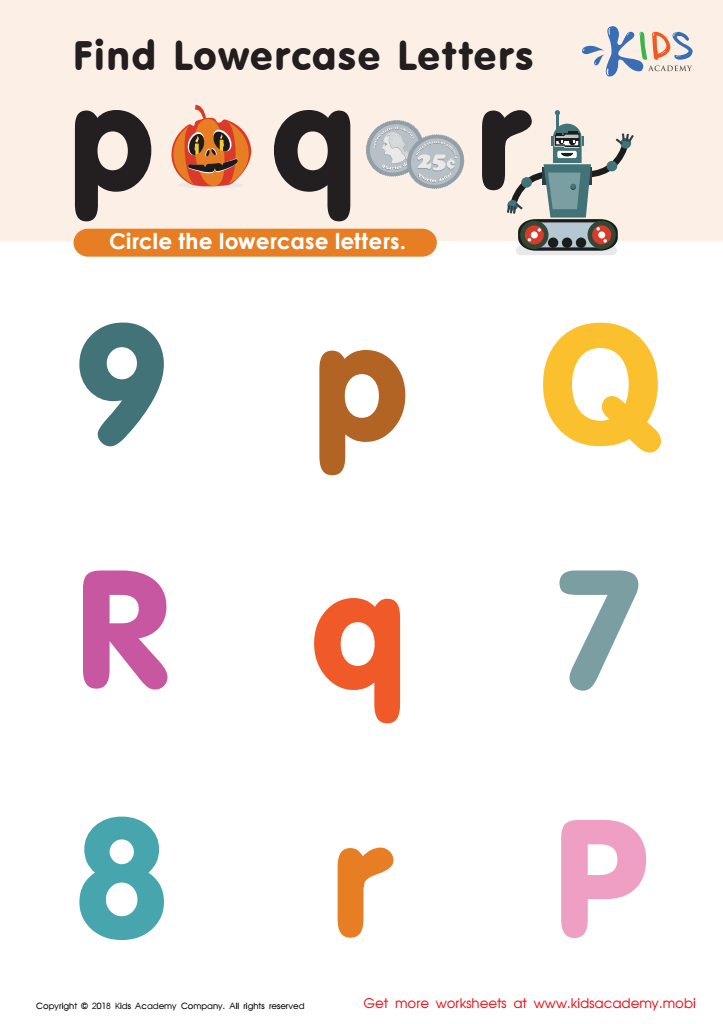

Find lowercase Letters p q r Worksheet
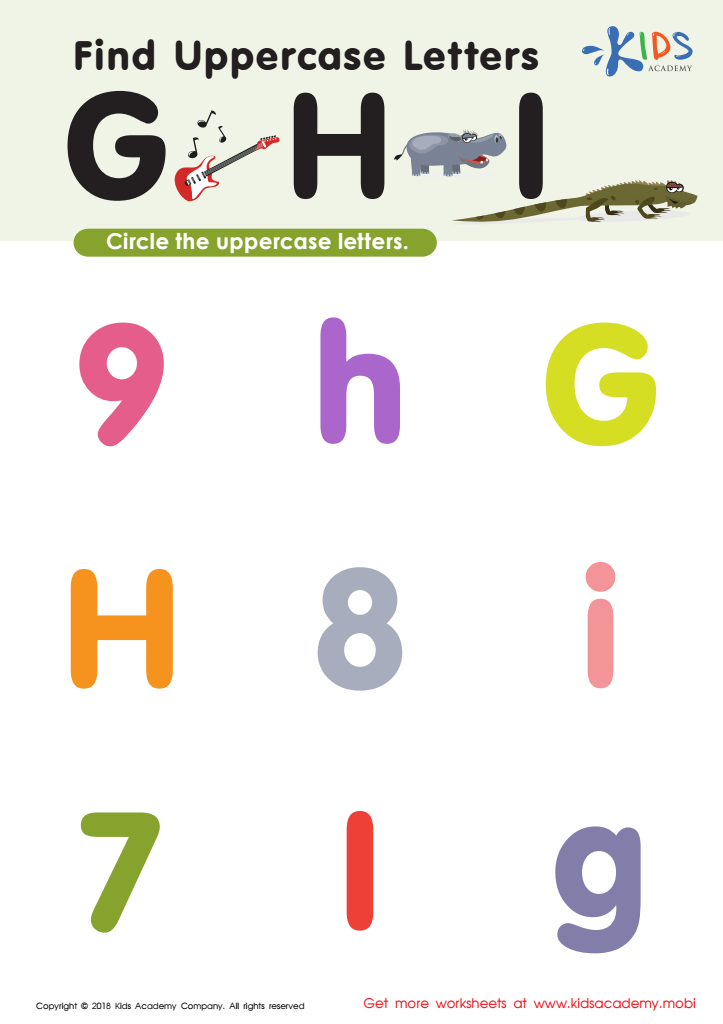

Find Uppercase Letters G, H, and I Worksheet
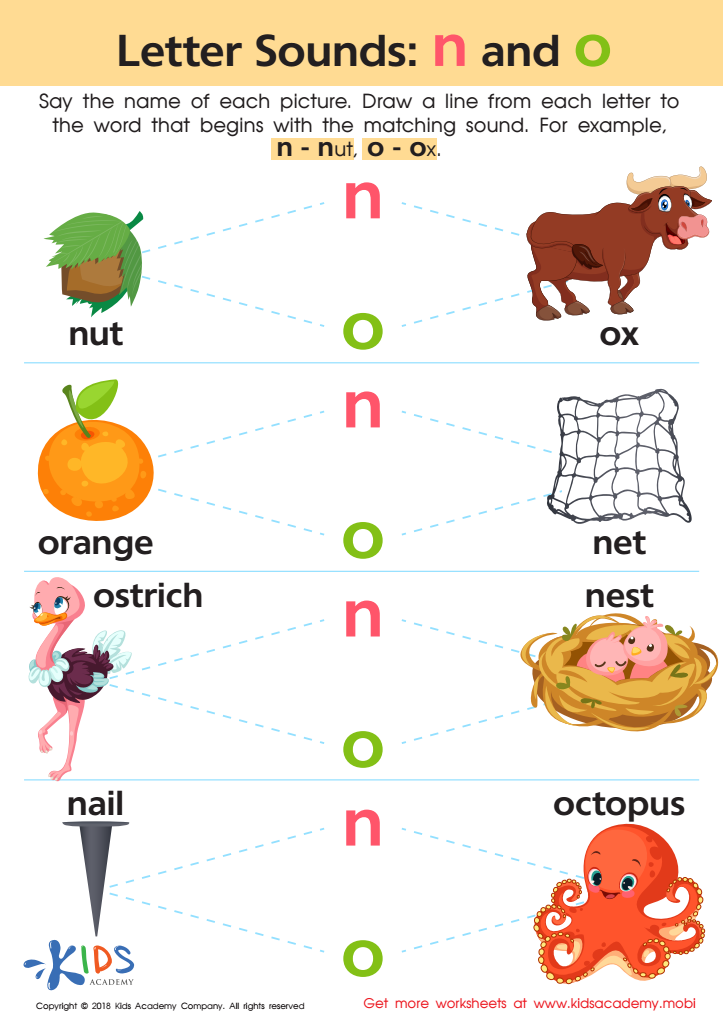

Letter N and O Sounds Worksheet
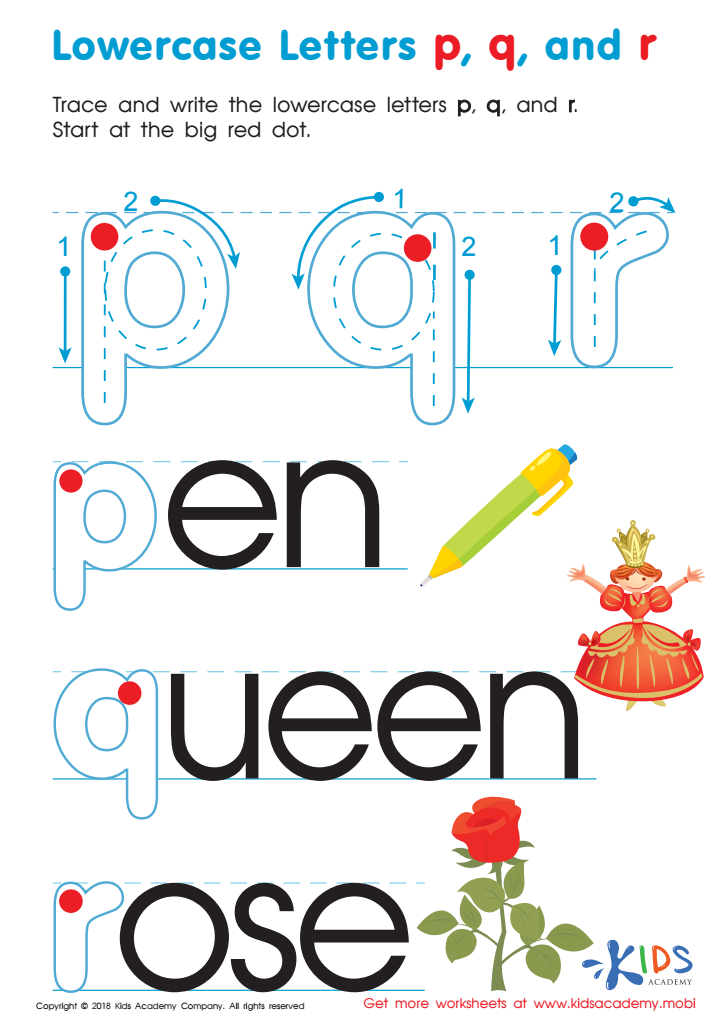

Lowercase Letters p q r Worksheet
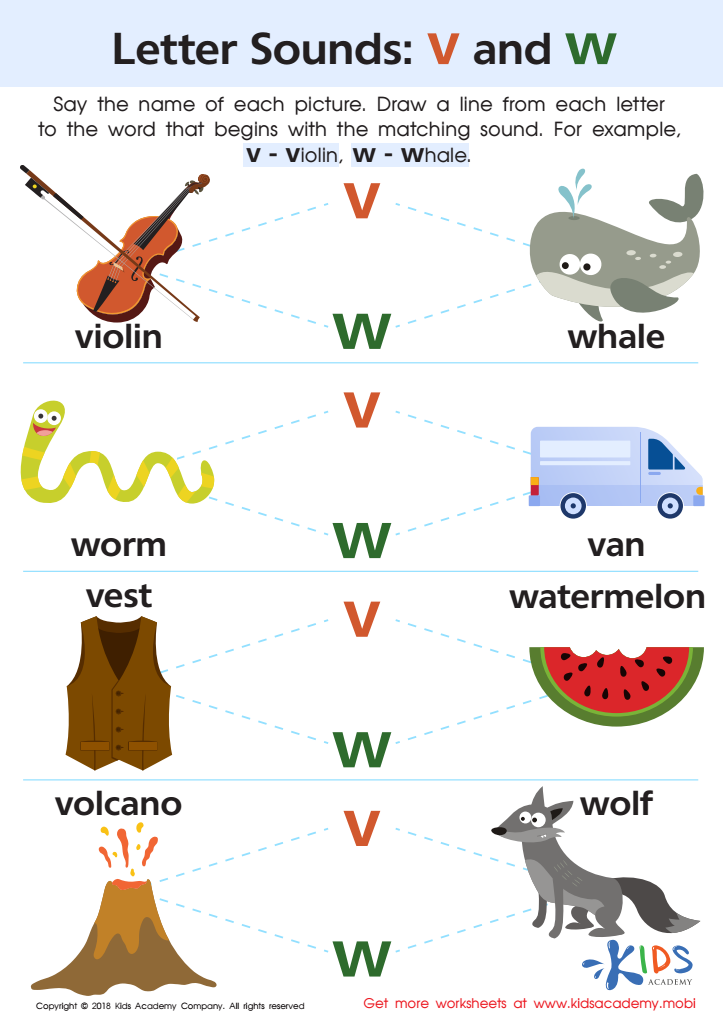

Letter V and W Sounds Worksheet
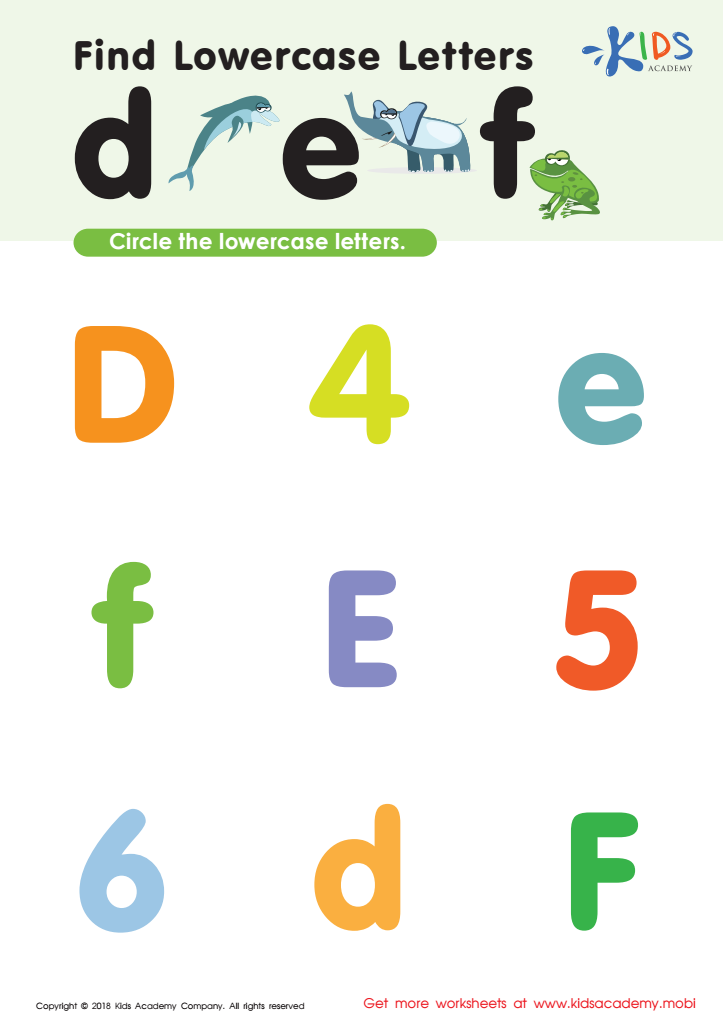

Find Lowercase Letters d e f Worksheet


Letter H Tracing Page


Uppercase Letters Maze Worksheet
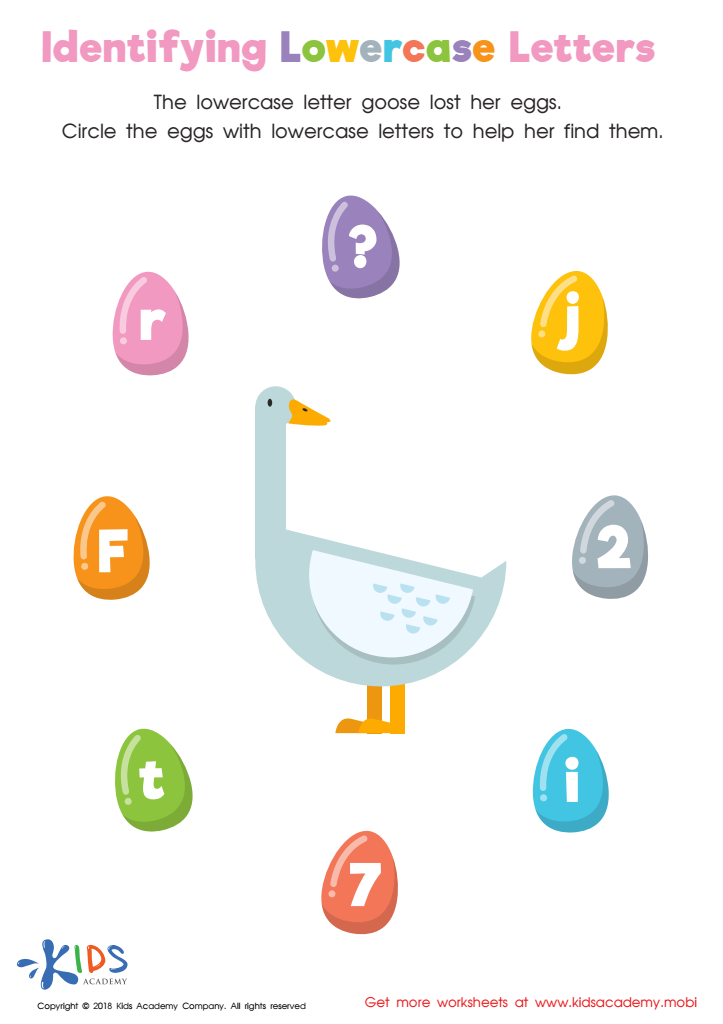

Identifying Lowercase Letters Worksheet


Find Uppercase Letters Worksheet
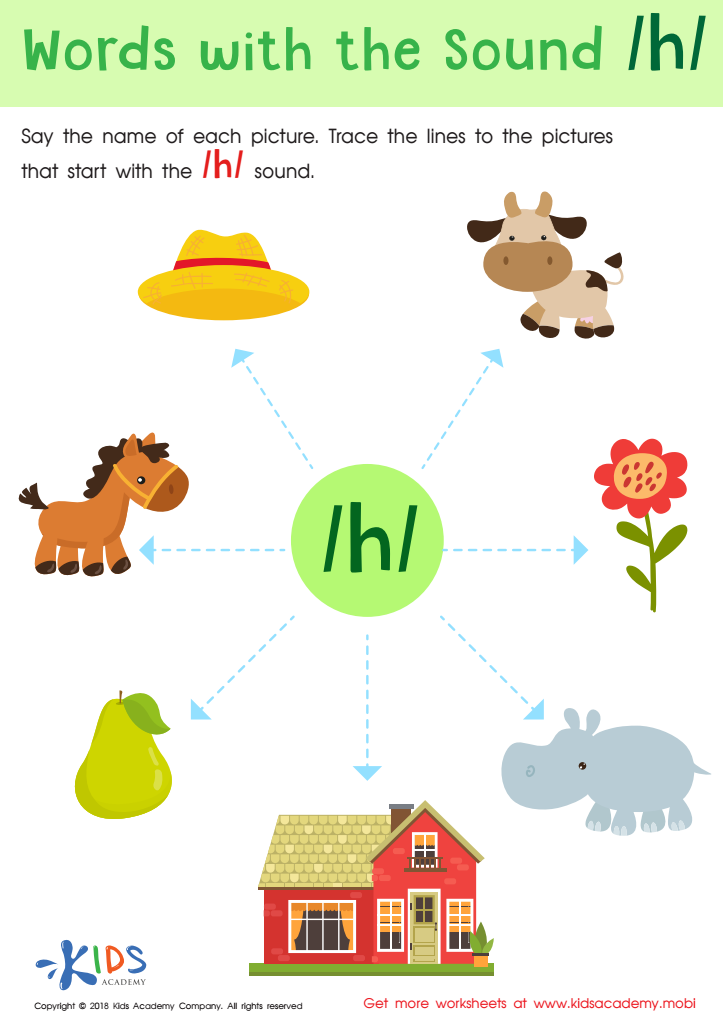

Words with sound h Reading Worksheet


Find Uppercase Letters J, K, and L Worksheet
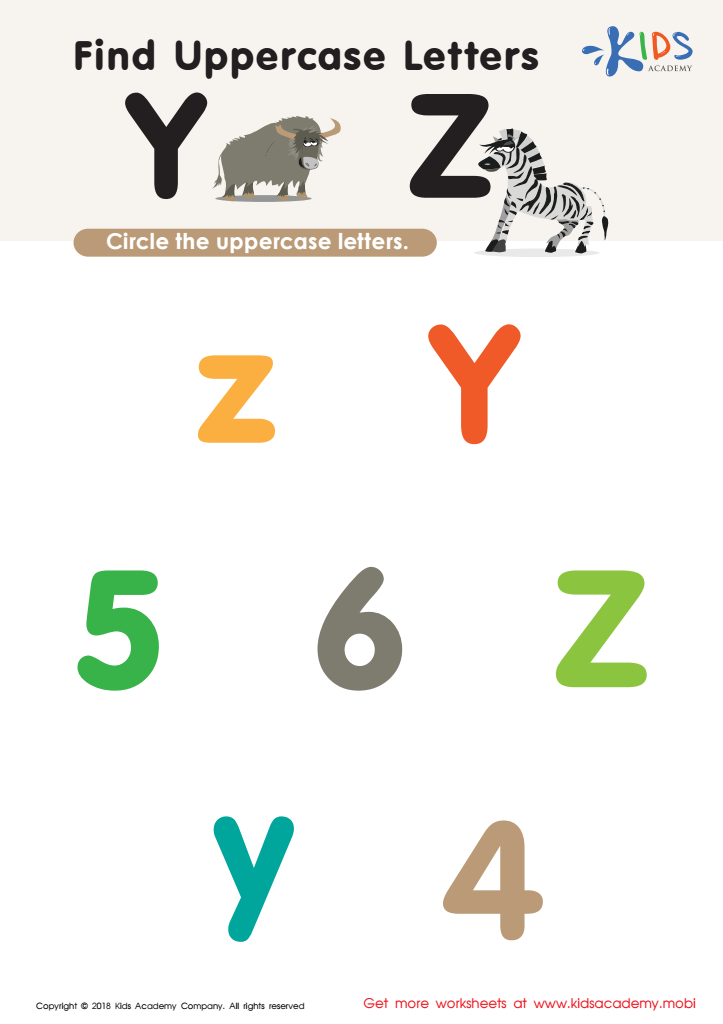

Find Uppercase Letters Y Z Worksheet
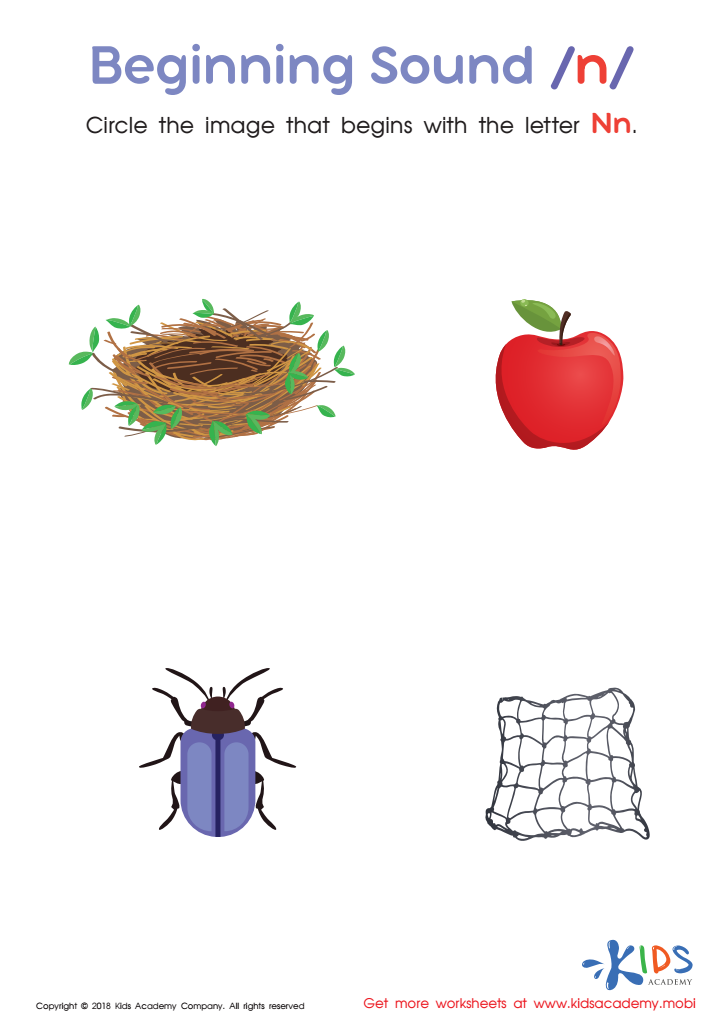

Beginning Sound «n» Worksheet
Letter recognition is a foundational skill for young learners, making it essential for parents and teachers to prioritize it for children ages 3-8. At this formative stage, children begin to grasp the alphabet's significance, forming the basis for reading and writing. Recognizing letters aids in language development, enhancing vocabulary and comprehension.
Well-developed letter recognition skills also contribute to phonemic awareness—the ability to hear, identify, and manipulate sounds. This ability is crucial as children learn to associate letters with corresponding sounds, paving the way for effective decoding when they begin reading. Furthermore, early mastery of letter recognition can boost a child's self-confidence and motivation. When children feel competent in identifying letters, they're more likely to engage with reading materials, fostering a lifelong love for learning.
Additionally, understanding letters can play a crucial role in literacy development across various subjects as they progress through school. The importance of letter recognition extends beyond literacy; it promotes fine motor skills through writing and can be woven into playful activities, enriching family interactions and classroom experiences. Therefore, fostering this skill is vital in nurturing well-rounded, literate, and confident individuals in their educational journey.
 Assign to My Students
Assign to My Students















